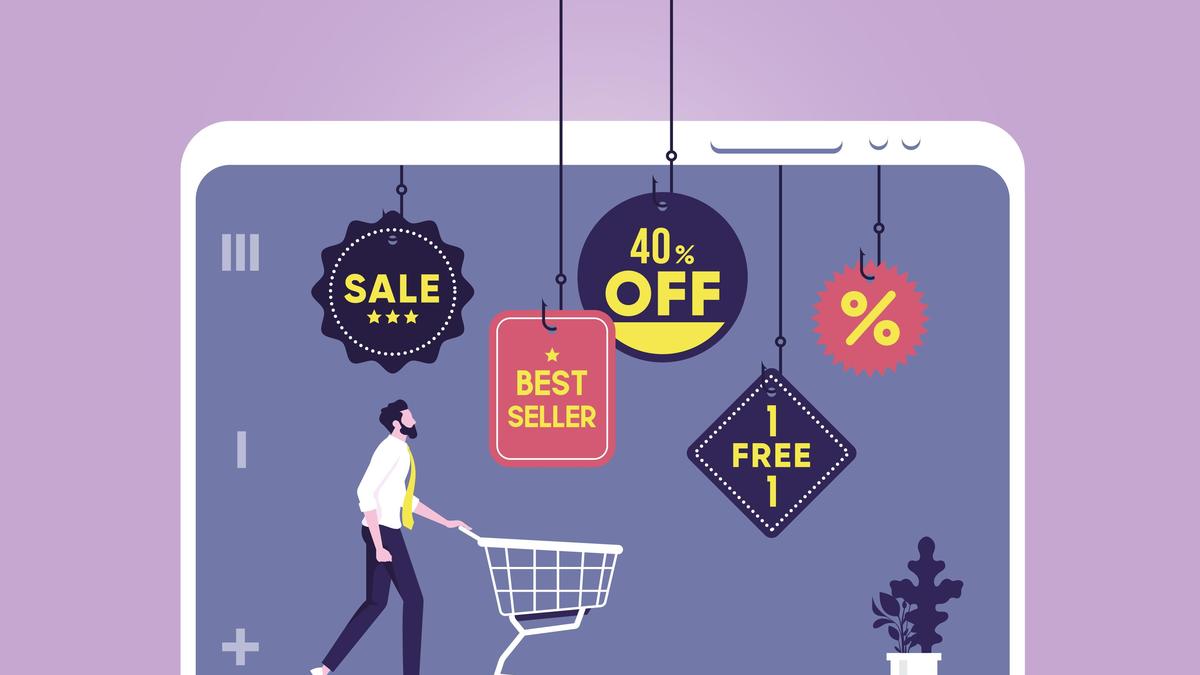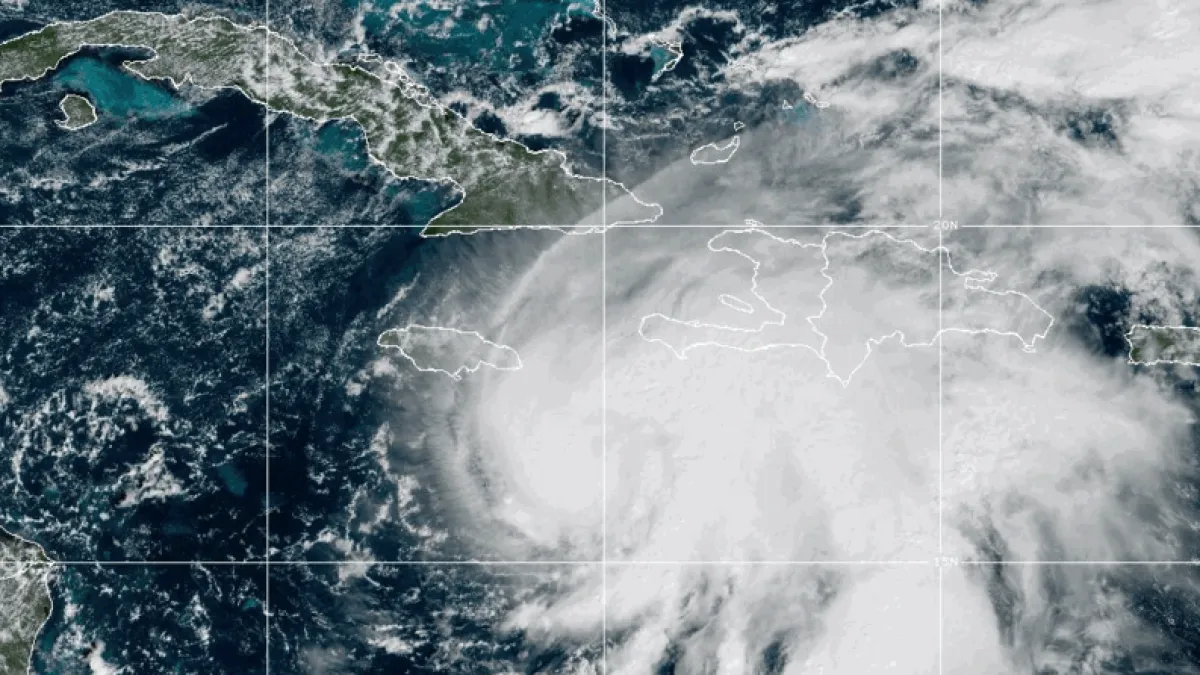Copyright thehindubusinessline

A decade ago, few could have predicted that smartphones, once used mainly for browsing the internet, watching YouTube, and scrolling Facebook, would eventually become gateways to a whole new way of shopping. The recent rise of quick commerce in India highlights just how drastically our consumption habits have evolved. This is the story of how Indian households have transformed themselves, from relying on local kirana stores to supermarkets, then to e-commerce, and now to the world of quick commerce. It’s a tale of swift adoption, driven by smartphones, convenience, deep discounts, and the growing influence of urbanisation. NSSO survey The recently released Comprehensive Modular Survey: Telecom (CMS:T), 2025, by the NSSO, part of the 79th round, offers valuable insights into the evolving purchase behaviour of Indian households. For the first time, the survey — nationally representative and short-duration survey carried out between January and March 2025 — gathered data on online purchases of goods at the household level over the 30 days preceding the survey, at the all-India level. It’s important to note that the survey focused exclusively on the online purchase of goods, excluding services. Incidence of online shopping The survey reveals that 24.5 per cent of households made an online purchase, but the urban-rural divide was significant. Urban households led at 39.4 per cent, while only 16.0 per cent of rural households made online purchases, marking a difference of more than twofold. The relatively low rate of online purchases in rural areas is not due to a lack of mobile ownership or internet access. According to the CMS:T survey, 76 per cent of rural individuals aged 15 and above own a smartphone, and 72 per cent have used a mobile phone in the three months preceding the survey. Instead, the reasons may lie in household-specific factors, such as limited awareness of online shopping, a stronger preference for in-person purchases from local kirana shops, and purchasing decisions often being made by male household heads. Additionally, the limited presence of e-commerce firms in rural areas could also contribute to this trend. State pattern Looking at the State level, rural areas show varying levels of online shopping adoption. For instance, States like Rajasthan (5.1 per cent) and Uttarakhand and Tripura (8-9 per cent) have particularly low online purchase rates, while Goa, Manipur, and Sikkim lead with much higher rates at 51.7 per cent, 42.9 per cent, 37.2 per cent, respectively. Urban areas, too, display a range of engagement, with Assam, Arunachal Pradesh, and Telangana at the top (above 56 per cent), and Chhattisgarh (24.3 per cent), Gujarat (26.1 per cent) at the bottom. The rural-urban gap is most pronounced in States such as Telangana (-40.6 per cent), Uttarakhand and Arunachal Pradesh (-33.8 per cent), and Maharashtra (-32 per cent). In contrast, the gap is smallest in Goa (0.2 per cent), Gujarat (2.3 per cent), and Kerala, Chhattisgarh, and Puducherry (around 8 per cent). Type of online shopping The survey also captures information on type of goods purchased online — food items only, non-food items only, or both — for households that reported making online purchases. There exists a clear divide with respect to online purchase behaviour of households. The data reveal that rural households are more likely to purchase only non-food items (75.7 per cent) compared to urban households (37.6 per cent). Food item purchases are notably lower in rural areas (4.3 per cent) compared to urban areas (10.0 per cent). This could be due to rural households’ preference for home-cooked meals, greater health consciousness, and limited access to quick restaurant food, along with affordability concerns. In contrast, urban areas see higher online food purchases, driven by easier access to quick meals, affordability, and the fact that both spouses are often working, making ready-made food more convenient for busy households. However, a higher percentage of urban households purchase both food and non-food items (52.4 per cent) compared to rural households (20.0 per cent), marking a difference of more than two and a half times. Large regional variations State-wise variation is evident in the online purchase of food items only. In rural areas, Delhi (17.3 per cent), Tamil Nadu (14.1 per cent), and Punjab (11.4 per cent) lead, while in urban areas, Tripura (30.3 per cent), Tamil Nadu (24.7 per cent), and Andhra Pradesh (18.7 per cent) top the list. States like Goa, Meghalaya, Nagaland, and Himachal Pradesh report no online food purchases, likely due to cultural preferences, limited access to e-commerce. The proportion of rural households purchasing online non-food goods only varies widely across States. Maharashtra has the lowest share at 36 per cent, while Sikkim, Goa, Himachal Pradesh, and Jharkhand report over 93 per cent. In urban areas, Delhi (19 per cent), Karnataka (21.8 per cent), and Maharashtra (28.3 per cent) have the lowest share, with Meghalaya (83.2 per cent) and Arunachal Pradesh (76.8 per cent) leading. It is observed that hilly States tend to have higher online non-food purchases, while wealthier States tend to have lower rates, though these States often show high purchase rates for both food and non-food items. The rural-urban gap is most pronounced in Goa and Gujarat, with differences up to 61.5 percentage points, while smaller gaps are observed in North-Eastern States. The share of rural households purchasing both food and non-food items online range from 4 per cent in Uttarakhand to 62.6 per cent in Maharashtra, with Meghalaya and Mizoram at 56.3 per cent. In urban areas, the range is from 12 per cent in Tripura to 78.7 per cent in Delhi. Wealthier States like Goa, Karnataka, and Gujarat, purchase both more frequently, while North-Eastern States have lower rates. The rural-urban gap is smallest in the North-East and Maharashtra, with Goa, Gujarat, Delhi, and Telangana showing the largest differences. Interestingly, Meghalaya has a positive rural-urban gap of 39.5 percentage points. Broader implications These findings have important implications for small businesses and self-employed individuals in rural areas. The strong preference for non-food purchases (75.7 per cent) in rural regions presents a significant opportunity for e-commerce companies to expand their presence. Enhancing logistics and delivery networks will enable e-commerce firms to meet this demand more effectively. To boost rural purchases, e-commerce platforms can collaborate with local small businesses to sell regionally made products, increasing both local and national demand. Additionally, self-employed individuals, such as bakers, could leverage e-commerce to sell products like birthday cakes, creating sustainable livelihoods while reaching a broader customer base. The rise of online shopping among Indian households can be attributed to the success of the JAM trinity, combined with a robust payment infrastructure (UPI) and affordable, widespread internet connectivity through mobile devices. To put this into perspective, 81.4 per cent of individuals aged 15 and above reported being able to perform online banking transactions via UPI. This underscores the widespread adoption of UPI-based apps and the growing comfort with digital payments across Indian households. This also has a relevance on the ongoing debate about charging for UPI transactions. While someone has to shoulder the cost, it should not fall on consumers. Given that UPI functions as a public good, the RBI could absorb the cost, especially since it saves around estimated ₹3,100 crore annually by reducing currency printing expenses. Additionally, both commercial banks and the government could contribute to covering the infrastructure costs of UPI. The way forward Online shopping is no longer confined to urban consumers; it is increasingly becoming a significant part of India’s broader consumption landscape. While urban India shops for both food and non-food items, rural India primarily uses it for non-food purchases, reflecting the cautious adoption of digital shopping in rural households. The future of retail will combine the charm of traditional local kirana stores with the convenience of modern trade. The challenge for e-commerce firms will be to devise strategies that cater to both types of customers. For policymakers, the focus must be on ensuring fair pricing, protecting consumer rights, and fraud prevention. The survey shows only 26.9 per cent of people know how to file a cybercrime complaint (20.8 per cent rural vs. 39.3 per cent urban). To address this, awareness campaigns and a fast grievance redressal system are needed to protect consumers. For researchers, future CMS:T rounds should include data on the online purchase of services. Gaining insights into online purchasing behaviour in these service sectors would provide valuable information on digital consumption trends and help shape strategies for digital service delivery, especially in underserved regions. The writers are Assistant Professors at IRMA School, Tribhuvan Sahkari University, and BITS Pilani (Pilani Campus), respectively Published on October 27, 2025



